The emergence of virtual art galleries in the metaverse has sparked a heated debate among art enthusiasts, critics, and technologists. One of the most controversial exhibits is the "Virtual Picasso," a digital reinterpretation of Pablo Picasso's iconic works displayed in a fully immersive, interactive environment. While some hail it as a revolutionary step in art appreciation, others argue that it borders on sacrilege, distorting the essence of the original masterpieces.
The Concept of "Virtual Picasso"
The "Virtual Picasso" exhibit is not merely a high-resolution scan of the artist's paintings. It is an experiential journey where visitors can walk through surreal landscapes inspired by Picasso's cubist forms, interact with floating brushstrokes, and even manipulate elements of the artwork in real-time. The creators argue that this approach allows audiences to engage with Picasso's genius in a way that traditional galleries cannot offer. By breaking the barriers of physical space, they claim to democratize art, making it accessible to a global audience without the constraints of geography or museum hours.
Critics' Perspective: A Violation of Artistic Integrity
Detractors, however, see the "Virtual Picasso" as a dangerous departure from the artist's original intent. Picasso's works were deeply rooted in the physicality of paint, canvas, and the tactile process of creation. His brushstrokes, textures, and even imperfections were deliberate choices that contributed to the emotional and intellectual impact of his art. By digitizing and altering these elements, critics argue that the virtual exhibit dilutes the authenticity of the originals, reducing them to mere entertainment rather than profound cultural artifacts.
Moreover, some art historians emphasize that Picasso's legacy is tied to the historical and personal context of his work. The virtual environment, with its gamified interactions and flashy effects, risks overshadowing the socio-political messages and personal struggles embedded in the originals. For instance, "Guernica," a powerful anti-war statement, could lose its gravity when visitors are encouraged to "play" with its elements in a virtual space.
The Defense: Evolution, Not Desecration
Proponents of the "Virtual Picasso" counter that art has always evolved with technology. From the invention of oil paints to photography, each advancement has expanded the boundaries of artistic expression. They argue that the metaverse is simply the next frontier, offering new ways to interpret and experience classic works. Rather than replacing traditional galleries, virtual exhibits can complement them, attracting younger, tech-savvy audiences who might otherwise never engage with Picasso's art.
Furthermore, the creators stress that the virtual exhibit includes educational components, such as narrated insights into Picasso's techniques and historical context. They view the interactive elements as a form of "active learning," where visitors gain a deeper understanding by engaging with the art dynamically. In this light, the "Virtual Picasso" is framed as an homage, not a distortion.
The Broader Implications for Art in the Metaverse
The debate over "Virtual Picasso" reflects larger questions about the role of digital platforms in preserving and interpreting cultural heritage. As more museums and artists explore the metaverse, issues of copyright, authenticity, and artistic integrity will become increasingly pressing. Who has the right to reinterpret a deceased artist's work? How much alteration is acceptable before it becomes misrepresentation?
Some suggest that clear guidelines or collaborations with estate holders could mitigate these concerns. For example, virtual exhibits could be curated in partnership with Picasso's descendants or the foundations managing his legacy. Others propose that entirely new categories of digital art be established, distinguishing between faithful reproductions and creative reinterpretations.
Public Reception and the Future of Virtual Art
Despite the controversy, the "Virtual Picasso" has drawn massive crowds, with many visitors praising its innovation and accessibility. For some, the experience of "entering" a Picasso painting is transformative, offering a fresh perspective on familiar works. Others, however, leave with a sense of unease, feeling that the digital spectacle overshadows the art's original power.
As technology continues to blur the lines between reality and virtuality, the art world must grapple with these dilemmas. The "Virtual Picasso" is just the beginning. Future projects might explore AI-generated extensions of an artist's style or fully immersive recreations of historical exhibitions. The challenge will be to balance innovation with respect for the past, ensuring that the metaverse enhances rather than erodes the value of timeless masterpieces.
Ultimately, whether the "Virtual Picasso" is seen as sacrilege or celebration may depend on one's definition of art itself. For traditionalists, art is an untouchable relic of human creativity. For pioneers, it is a living, evolving dialogue between the past and the future. The metaverse, with all its possibilities and pitfalls, is now a part of that conversation.
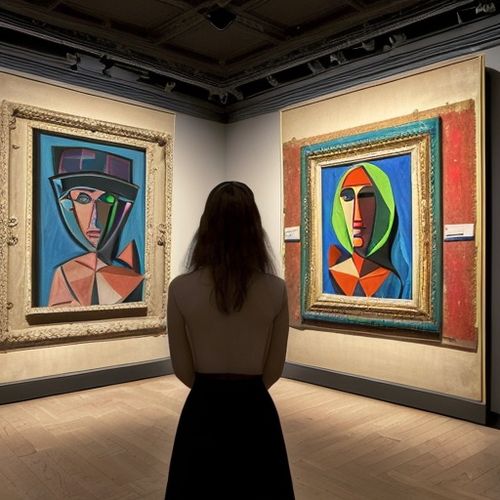
By James Moore/Apr 12, 2025
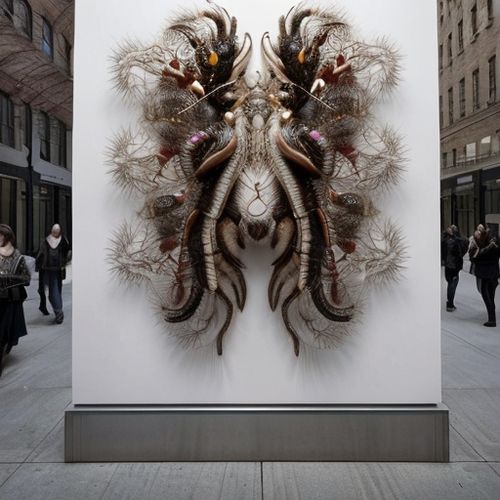
By Grace Cox/Apr 12, 2025
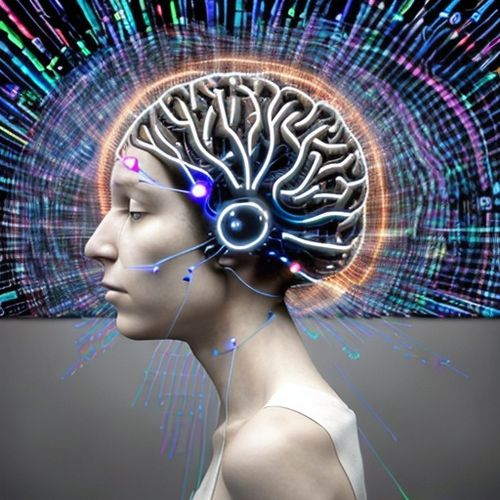
By Ryan Martin/Apr 12, 2025
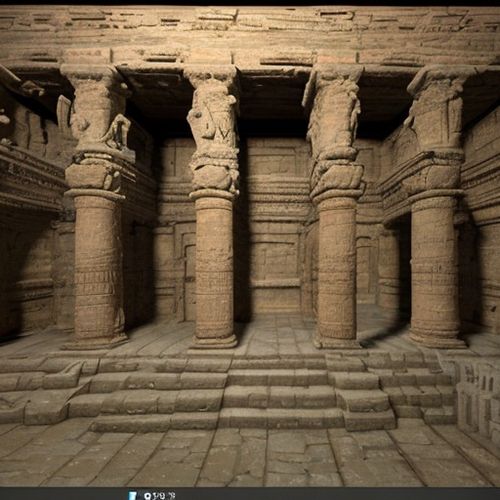
By Lily Simpson/Apr 12, 2025
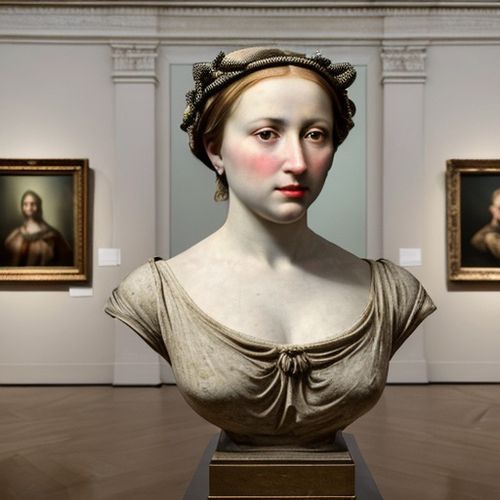
By William Miller/Apr 12, 2025

By Michael Brown/Apr 12, 2025

By Laura Wilson/Apr 12, 2025
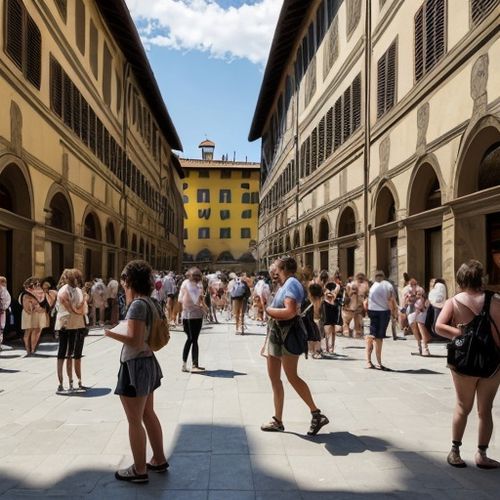
By Emma Thompson/Apr 12, 2025
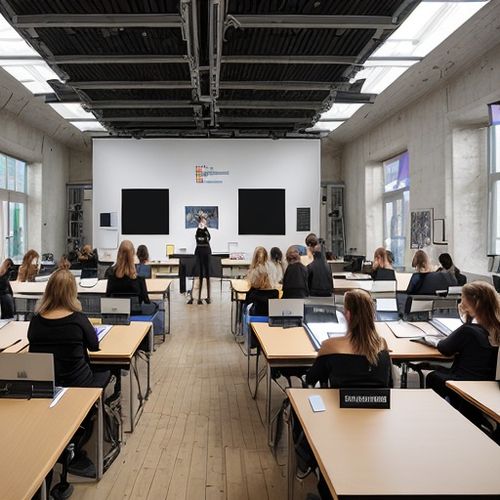
By James Moore/Apr 12, 2025

By Emma Thompson/Apr 12, 2025
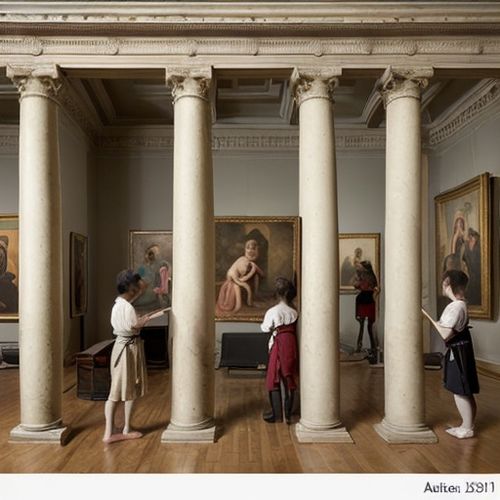
By Ryan Martin/Apr 12, 2025
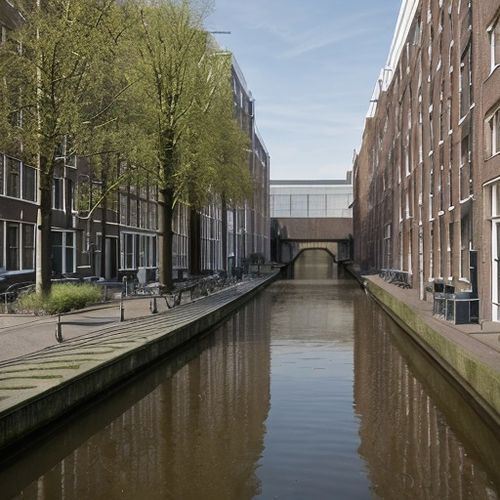
By Victoria Gonzalez/Apr 12, 2025
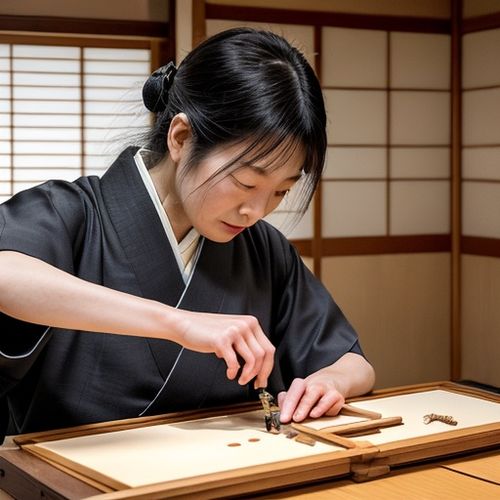
By William Miller/Apr 12, 2025
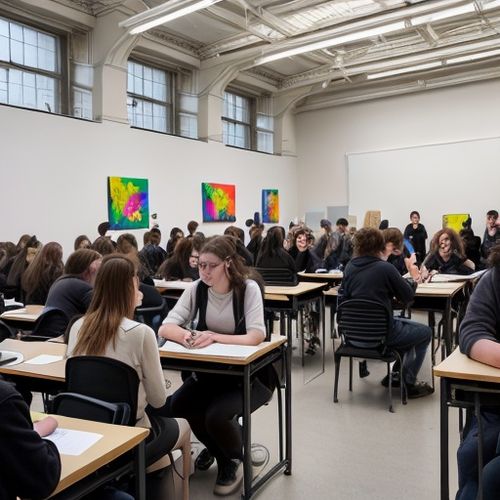
By Grace Cox/Apr 12, 2025
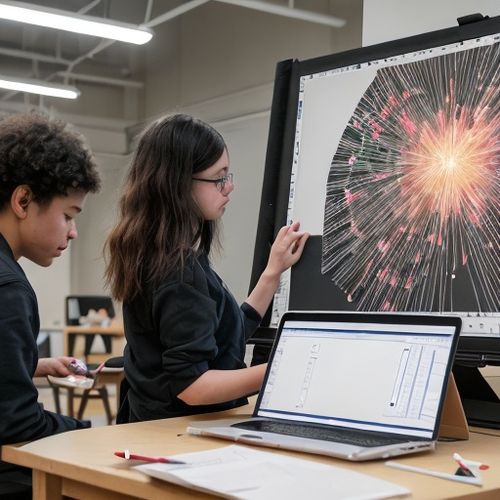
By Sophia Lewis/Apr 12, 2025
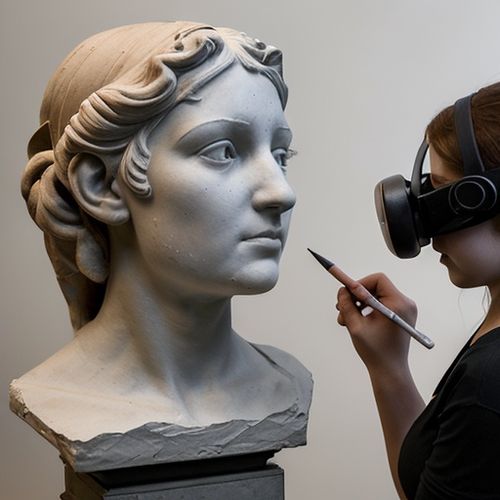
By Amanda Phillips/Apr 12, 2025
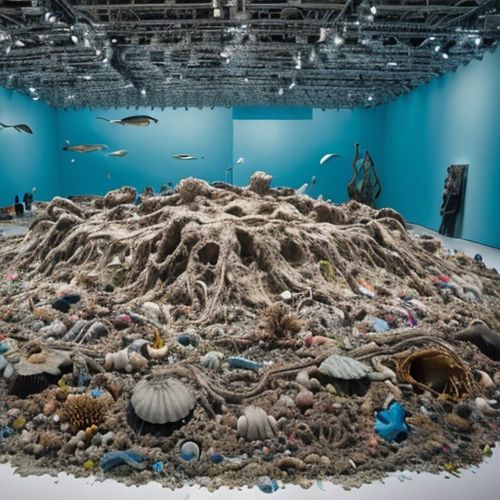
By William Miller/Apr 12, 2025
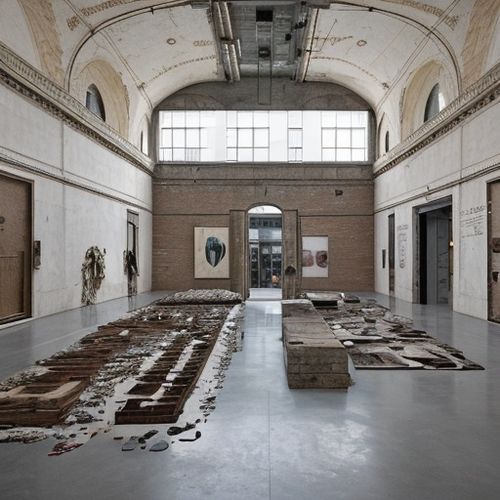
By Sarah Davis/Apr 12, 2025
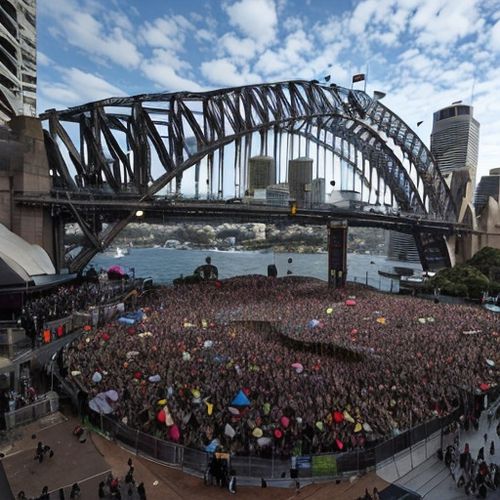
By Jessica Lee/Apr 12, 2025
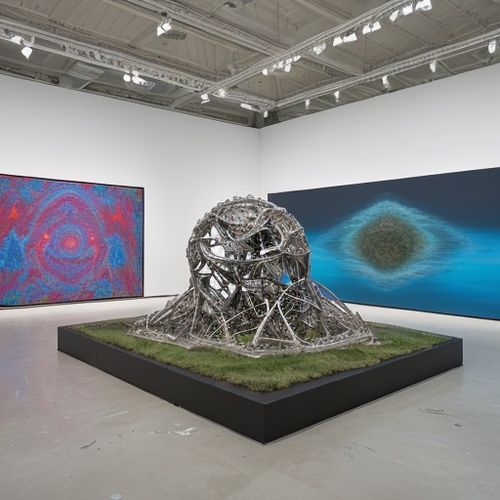
By Emma Thompson/Apr 12, 2025